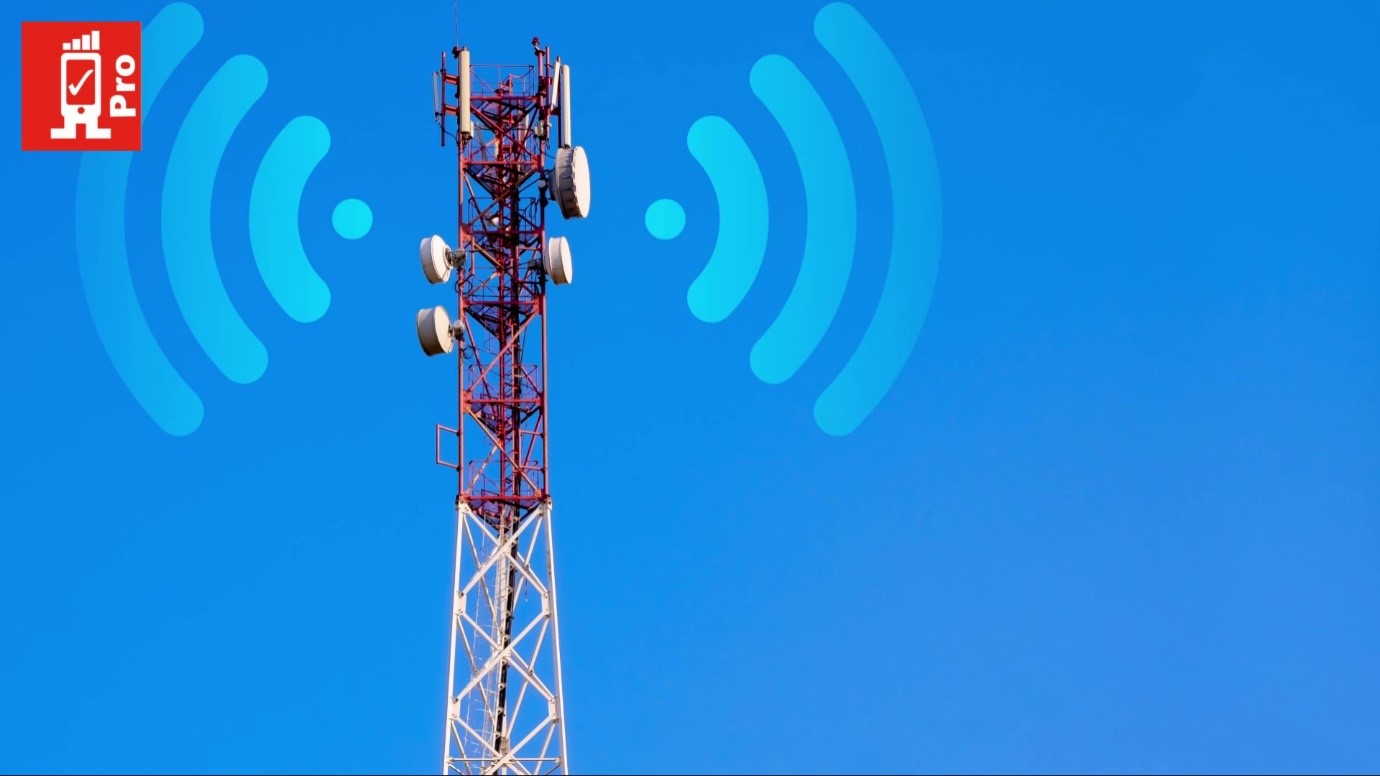In the ever-evolving landscape of telecommunications, the emergence of 5G technology has revolutionized how we connect and communicate. At the heart of this transformative shift are small cells, the building blocks that power the 5G network. In this technical overview, we delve into the intricacies of 5G small cells, exploring their architecture, functionality, deployment, and the role they play in shaping the future of wireless connectivity. So, now let us see the building blocks of 5G Small Cells along with User-friendly Mobile Network Monitoring Tools, Mobile Network Drive Test Tools, Mobile Network Testing Tools and User-friendly Best wireless site survey software, site survey tools for wireless networks & Wifi site survey software app in detail.
Small Cells Unveiled
Small cells are compact, low-powered wireless access points that serve as the foundation of 5G networks. Unlike their predecessors, these diminutive devices are strategically deployed in densely populated urban areas, stadiums, shopping malls, and other high-traffic locations to enhance network capacity and coverage. Small cells come in various forms, including picocells, microcells, and femtocells, each catering to specific deployment scenarios and user demands.
Architecture and Components
The architecture of a 5G small cell comprises several key components that work in harmony to deliver seamless connectivity. The Radio Frequency (RF) front-end handles signal transmission and reception, while the baseband unit processes data and manages network functions. In addition, the small cell is equipped with antennas that facilitate the transmission of high-frequency mmWave signals, enabling faster data speeds and reduced latency.
Beamforming and Massive MIMO
One of the defining features of 5G small cells is beamforming, a technology that optimizes signal transmission by focusing the signal in the direction of the user. This precision-targeted approach enhances both coverage and capacity, ensuring a consistent and robust connection. Massive Multiple-Input, Multiple-Output (MIMO) technology further bolsters performance by utilizing multiple antennas to transmit and receive data concurrently, effectively multiplying the data throughput and improving spectral efficiency.
Spectrum and Frequency Bands
5G small cells operate across a spectrum of frequency bands, including both sub-6 GHz and mmWave frequencies. Sub-6 GHz offers extensive coverage, making it ideal for wider area deployments, while mmWave frequencies provide unparalleled data speeds but require closer proximity due to their limited range. The harmonious integration of these frequency bands empowers small cells to deliver a seamless user experience, balancing coverage and capacity.
Deployment Considerations
The deployment of 5G small cells involves meticulous planning to optimize network performance. Location selection is critical, considering factors such as population density, building infrastructure, and line-of-sight to ensure effective signal propagation. The small cells’ compact size allows for versatile placement, including lampposts, rooftops, and utility poles. However, stringent approval processes, regulatory guidelines, and aesthetic concerns may influence deployment strategies.
Network Densification and HetNet
Network densification is a pivotal strategy employed in 5G deployments, involving the installation of numerous small cells to create a dense and interconnected network. This concept, known as a Heterogeneous Network (HetNet), combines macrocells and small cells, optimizing coverage and capacity. By seamlessly offloading traffic from macrocells to small cells, HetNets mitigate network congestion, enhance user experience, and pave the way for a 5G-powered future.
Conclusion
5G small cells represent the technological cornerstone of the next-generation wireless network. Their compact size, advanced beamforming, and utilization of diverse frequency bands enable them to provide unprecedented levels of connectivity and data speed. As we stand on the cusp of a new era in telecommunications, the intricate architecture and deployment strategies of 5G small cells are poised to reshape the way we connect, communicate, and experience the digital world. Hence, network testing plays a major role in telecommunication industry – RantCell is equipped with mass deployment and crowd sourcing capabilities that will give you cloud-based solution for test data (KPI) analysis and monitoring on web-based dashboard. With RantCell, you can perform tests like ping, speed, call, SMS, video stream test or a combination of all tests and can configure continuous tests under the remote test section.


